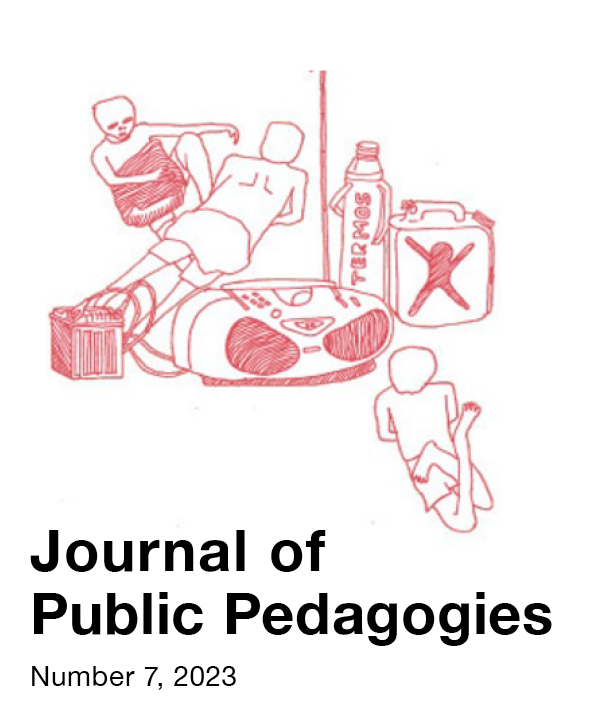Embodied Futurities
Alecia Neo’s Socially Engaged Art Practice with Caregivers in Singapore
DOI:
https://doi.org/10.15209/jpp.1288Abstract
This article began as a critical essay of the same title, Embodied Futurities, commissioned to accompany the exhibition of the performance project and video installation Between Earth and Sky (2018-) by Singaporean artist and cultural worker Alecia Neo. Working with a community of caregivers of persons with mental illness and degenerative disease in Singapore, Neo’s work and this article connect the physicality of care work and carer-choreographed movements as forms of embodied praxis. This article focuses on the co-created work by Neo, the Caregivers Alliance (CAL) caregivers, and the movement artists, as guided by Neo's commitment to socially-oriented art, a school of practice that seeks to problematise traditional models of authorship or creatorship through dialogic or collaborative processes. Neo’s socially engaged artworks are situated in this article as forms of public pedagogy.
Embodied Futurities engages participatory ethnographic methods to develop a critical arts writing model which advocates for enhancing polyvocality in both art-making and critical discourse around work. Exploring art-making; movement as autopoiesis (Deleuze and Guattari, 1994); living with mental illness and degenerative disease; the act and arc of caregiving; and the everyday choreography of survival (Cox, 2015), this article’s focal points are drawn from the perspectives voiced by caregivers.
Embodied Futurities explores how Between Earth and Sky posits and reorients the body as a site for expression rather than maintenance, re-envisions the potential of community support networks, and considers the possibilities of self-care for carers for whom mutuality may seem remote.



